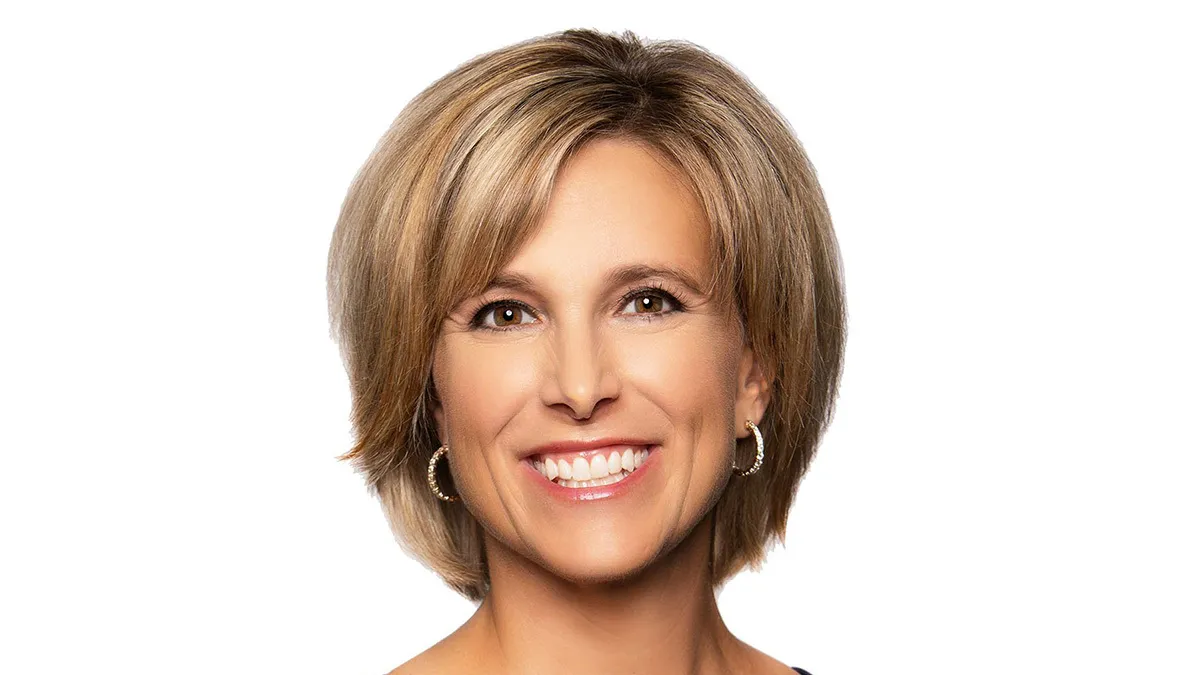Dive Brief:
- Lightspeed Commerce, which provides point-of-sale software services to merchants for managing payments and other functions, said in a Tuesday press release that it cut 300 jobs, or about 10% of its workforce, to streamline its operations as part of a reorganization following recent acquisitions.
- The Montreal-based company estimates the cost of the restructuring at $12 million to $14 million, mainly for severance and other employee benefits, but said it expects to meet its prior third-quarter earnings forecast. It plans to provide an update on its Feb. 2 earnings call.
- The reorganization is designed to “unlock efficiencies” after recently acquiring workers, technology and other assets through a series of acquisitions in recent years.
Dive Insight:
The plan to reduce costs comes after Lightspeed acquired several companies in the past two years. In 2021, it bought the digital business-to-business company NuOrder for about $425 million and the global ecommerce company Ecwid for about $500 million. In 2020, it acquired the restaurant cloud software company Upserve for $430 million.
At least one analyst group said in a report this month that it believes Lightspeed itself could be among a pack of payments companies ripe for acquisition. The company declined to comment on that report.
Lightspeed, which acknowledged the increasingly difficult economic environment, is the latest payments company to announce it's shedding employees. Others that have made cuts in recent months, including digital payments firm Stripe and buy now, pay later provider Klarna, have noted macroeconomic headwinds and emphasized their desire to become profitable.
Lightspeed’s CEO, Jean Paul Chauvet, suggested the company’s recent acquisitions will act as a springboard to keep expanding the company, with slimmed-down overhead. And the job cuts will allow it to keep targeting its goal of being profitable next year, he said.
Following the acquisitions, Lightspeed created new products. “The launch of these flagship products, coupled with our new, leaner structure, will allow us to be more agile and responsive to our customers as we invest in innovations that will fuel our long-term growth,” Chauvet said in the release.
In a note to employees Tuesday, Chauvet shared the company’s reasoning for the move and detailed the benefits the company is extending to the employees who were cut.
“After years of rapid growth — both organic and through acquisitions — we know our organizational structure has become too complex, with overlapping roles and a top-heavy framework,” he said. “This bogs us down, creates inefficiencies, distracts us from our mission and distances us from what matters most – our customers. I know, because you’ve told us: in one-on-ones, employee Q&As and engagement surveys. I feel it too.”
Chauvet is revamping Lightspeed’s operating model about a year after taking the top post last February from Dax Dasilva, the company’s founder who also remains on its board as executive chair.
After Chauvet stepped into the role, he began assembling his own team, promoting JD St-Martin to president and appointing a former Google executive, Ryan Tabone, as chief product and technology officer later that year. Then last year, in March, Chauvet named Brandon Nussey as chief operating officer, promoted Asha Bakshani to chief financial officer and hired Rani Hammond as chief people officer.
Management will also be reduced as part of the reorganization, with half of the cost savings expected to result from reducing those roles and about a quarter of those jobs to be cut, Chauvet said in his note to employees.
The cuts included employees from across Lightspeed, including acquired companies. Nonetheless, the company also said it plans to continue hiring in some areas that contribute to advancing profitable growth, the release said.
“I know this announcement may feel like it is in direct conflict with some of the statements you have heard from me around us growing, not shrinking,” Chauvet said in the note. “Despite eliminating certain roles, we haven’t strayed from our ambitions. We still need people in specific roles to propel that growth. While we’ve closed many ‘non-essential’ open roles, we’re still hiring many positions so we can keep pace with our objectives.”
Chauvet told employees he would share more about the company’s future plans with the employees in a town hall meeting Wednesday.











